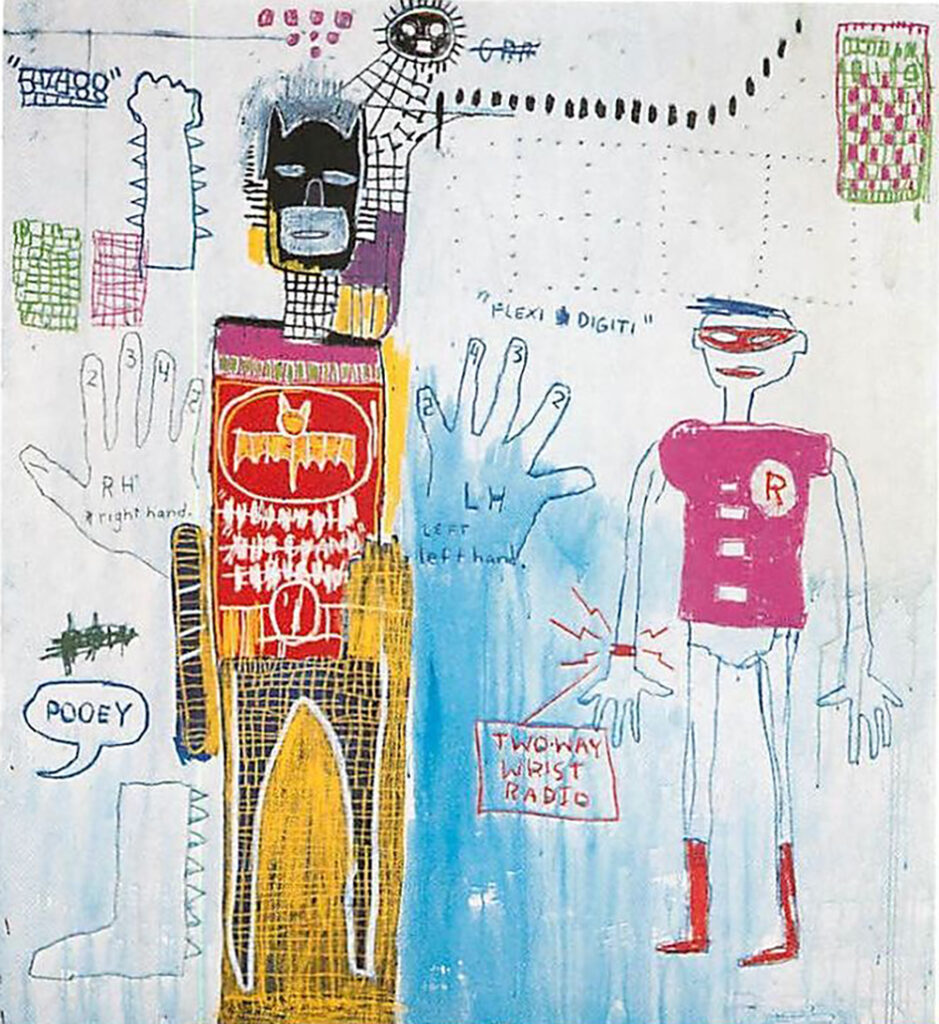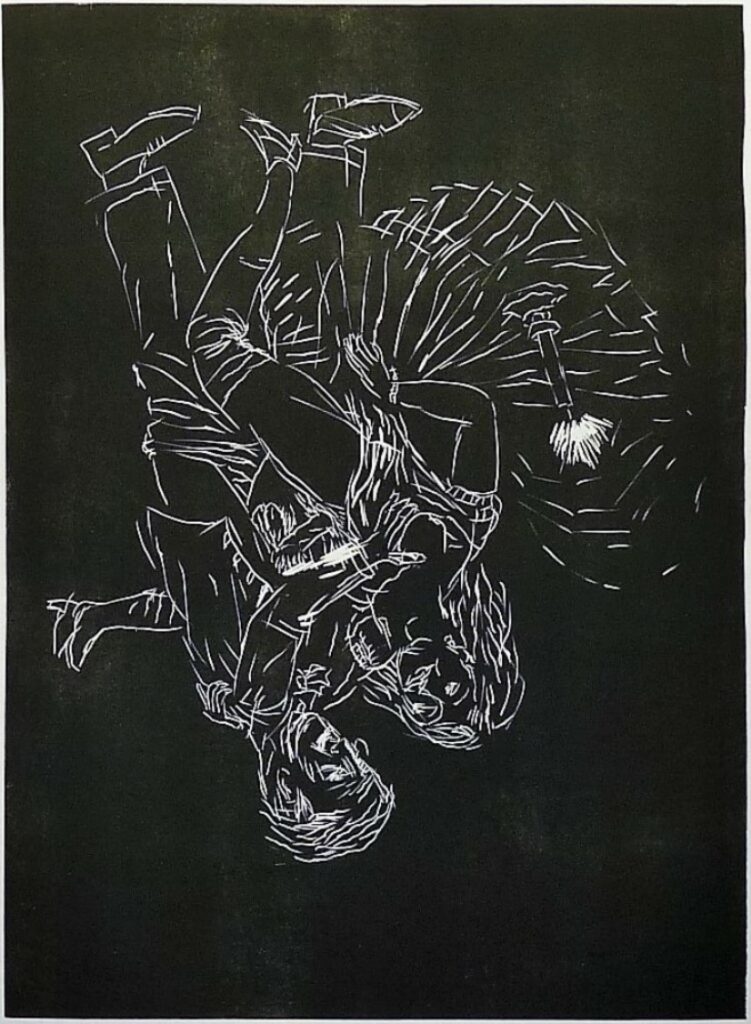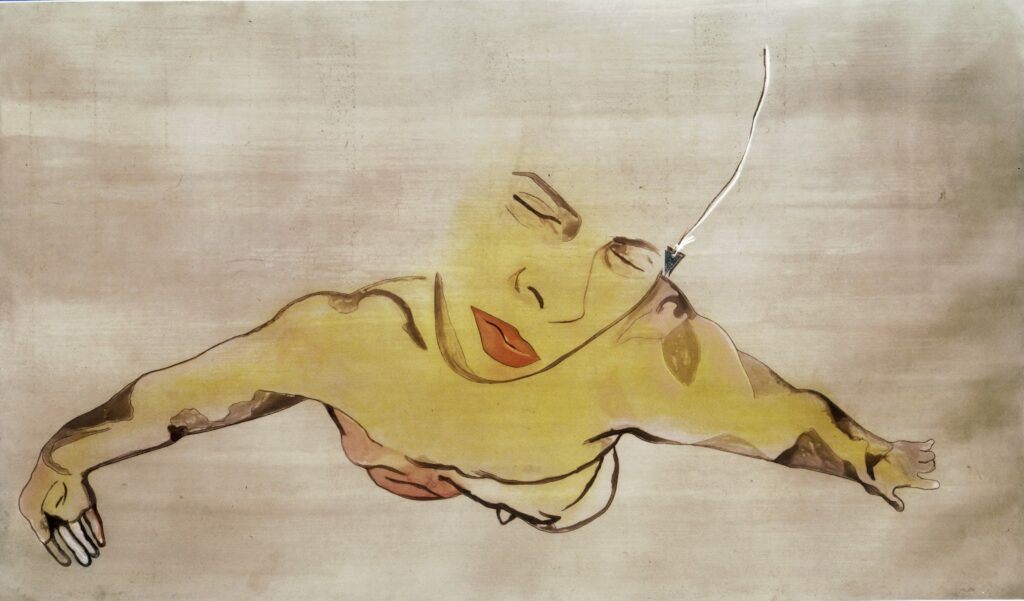Neo Expressionists
Neo Expressionists resorted to figural representation in response to Minimalism and Conceptualism’s cold intellectualism and ideological rigour, creating ferociously passionate, textural works that combined painterly expression with Postmodernist appropriation. A variety of styles, including the Neue Wilden (“New Fauves”) in Germany, Transvanguardia (“Trans-Avantgarde”) in Italy, Figuration Libre (“Free Style”) in France, and a number of young artists in the United States, including Jean-Michel Basquiat and Julian Schnabel, were influenced by a variety of movements, including early 20th-century Expressionism, Surrealism, Abstract Expressionism, and Pop Art. Neo-Expressionism dominated the art markets in Europe and America through the middle of the 1980s, propelled by aggressive marketing strategies, and it came to be intimately identified with the decadence and excess of the time.

The word “Neo-Expressionism” refers to a worldwide rebirth of interest in figural representation and painterly inclinations rather than a formal trend, therefore it embraces a variety of styles. In general, the characteristics of Neo-Expressionist art are intensely emotive subjectivity, extremely textured paint applications, brightly contrasted colours, and a return to large-scale narrative imagery. Neo-Expressionism, which draws inspiration from history, myth, and folklore, exhibits elements of Symbolism and Primitivism and uses distorted, archetypal characters that have been abstracted to varying degrees. Playfulness and mockery frequently coexist with a sense of tension, alienation, and ambiguity as a reflection of the postmodern reality. Although largely known for their paintings, Neo-Expressionists often used various objects like straw, sand, wood, and ceramics to create semi-sculptural works on their canvases.

To address issues of postwar German identity, artists in Germany cited Expressionist painters like George Grosz and Edvard Munch. Anselm Kiefer tackled the country’s Nazi history using thickly applied pigments and found materials to produce starkly haunting works, while George Baselitz is frequently regarded as a forefather of German Neo-Expressionism and is known for his inverted paintings with forceful brushwork and provocative imagery. Jörg Immendorff, Markus Lupertz, and AR Penck are more German Neo-Expressionists.
Trans-Avantgarde, the Italian version of Neo-Expressionism, aimed to break free from the Arte Povera movement’s austerity in the 1970s. To create emotive, narrative-driven works, artists like Francesco Clemente, Sandro Chia, and Enzo Cucchi drew from a variety of art historical, mythological, and popular culture elements.

Julian Schnabel, a pioneering graffiti artist who emerged in the 1970s, completely transformed the art world in America with his richly textural fusion of art historical appropriation and emotive personal expression; Jean-Michel Basquiat, a pioneering street artist who emerged in the 1980s, shot to fame with his ferocious visual synthesis of street art, jazz, hip hop, and Afro-Caribbean folk imagery. Along with other painters like David Salle and Eric Fischl, both of these artists came to be intimately identified with the excess and iconoclasm of the Neo-Expressionist movement.
View available Neo-Expressionist prints.
